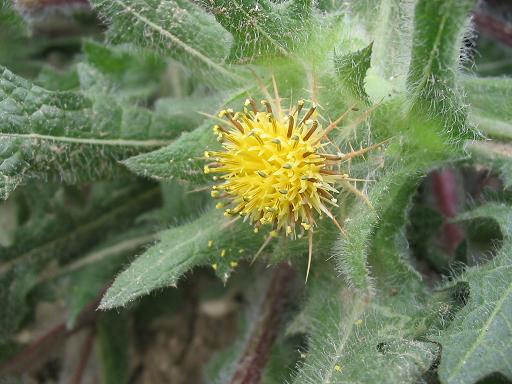Family: Compositae (Asteraceae)
Synonyms: Cnicus benedictus, Carduus benedictus, Blessed Thistle
Part Used:
The entire herb — especially the leaves and flowering tops — is collected in July when the plant begins to bloom. Harvesting is best done at noon on a dry, dew-free day.
Chemical Composition:
Blessed Thistle contains:
-
Volatile oil
-
Cnicin — a bitter, crystalline compound similar to salicin, soluble in alcohol and slightly in water.
Plant Description:
Blessed Thistle grows up to 2 feet tall, with reddish, slender, and heavily branched stems that struggle to stay upright under their leaves and flower heads. The leaves are long, narrow, and spiny-edged, clasping a dull green stem with pale veins. Its pale yellow flowers appear in green, spiny heads. The whole plant is covered in a fine, soft down and can vary in compactness depending on the soil.
Cultivation:
An easy-to-grow annual:
-
Propagated by seeds in ordinary soil.
-
Sow seeds in spring or in early autumn for a winter harvest in sheltered areas.
-
Seedlings should be spaced 2 feet apart.
While sometimes found in waste places in England as an escape from cultivation, it’s not native there.
Therapeutic Uses:
Blessed Thistle has long been valued in herbal medicine for its diverse actions:
-
Tonic
-
Stimulant
-
Diaphoretic (promotes sweating)
-
Emetic (induces vomiting in large doses)
-
Emmenagogue (stimulates menstrual flow)
Applications:
-
In large doses, acts as a gentle emetic with minimal discomfort.
-
In smaller, cold infusions, it serves as a digestive tonic — improving appetite and easing nausea.
-
Traditionally used for:
-
Weak digestion
-
Loss of appetite
-
Indigestion
-
Intermittent fevers
-
Menstrual irregularities, especially due to cold.
-




